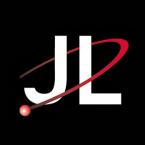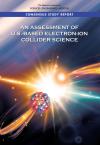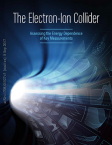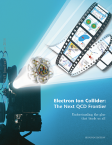LET'S BE CLEAR
When writing, clarity is essential. If writing is unclear, the reader may become confused or frustrated, which may lead them to stop reading altogether. Using ambiguous words, or words that have more than one meaning, without clarification can make writing unclear. Pronouns like “their” or “it” are commonly ambiguous, as the following illustrates: “The project managers report potential risks and suggest approaches according to their guidelines.” What does “their” refer to? The project managers’ guidelines? The guidelines of the approaches? A simple rewording can clarify: “…managers report potential risks and, according to their guidelines, suggest approaches….”
Disconnected or oddly arranged wording also may cause a lack of clarity. In the following example, watch for the confusion over what took place and where: “The athlete said she and her team mutually agreed to part ways in an online video.” Does the video show the team agreeing to part ways or just the athlete announcing it happened? If the latter, then moving the “video posted” phrase would clarify: “In an online video, the athlete said….”
Looking carefully for ambiguities and removing them can sharpen your writing — and sharp writing keeps readers reading. For questions, contact Dave Bounds at x2859 (virtual office hours: Tuesday and Thursday, 9-11 a.m.). Happy writing!













